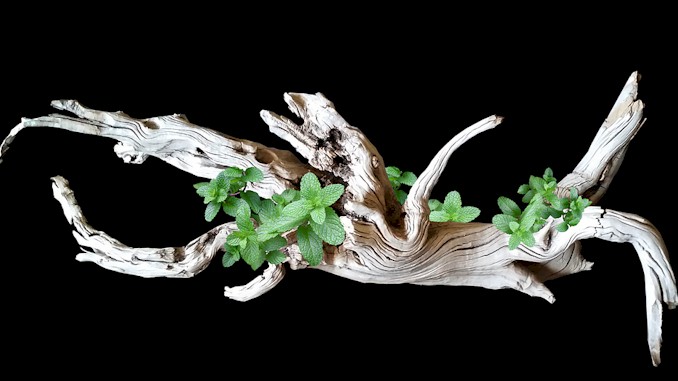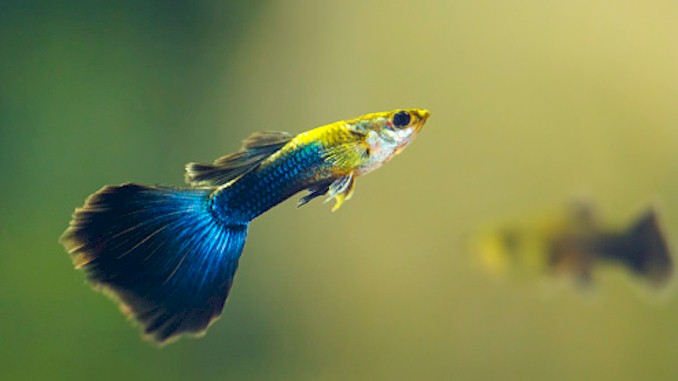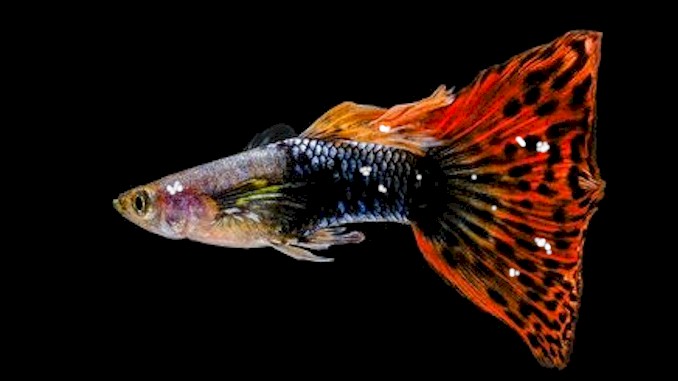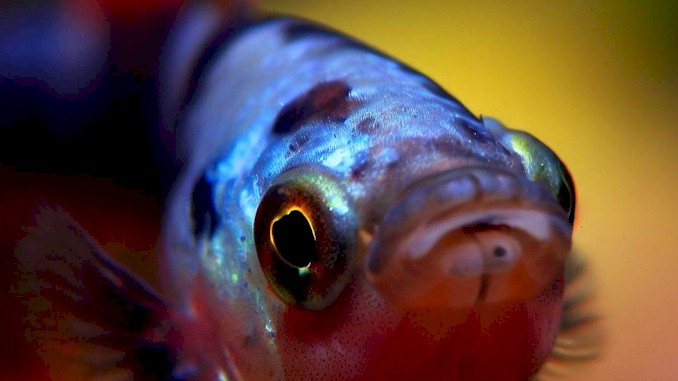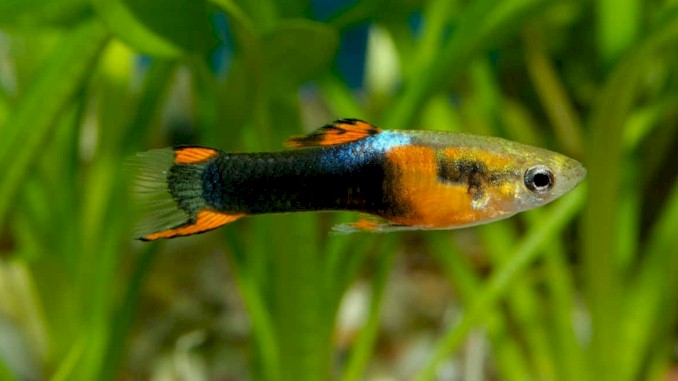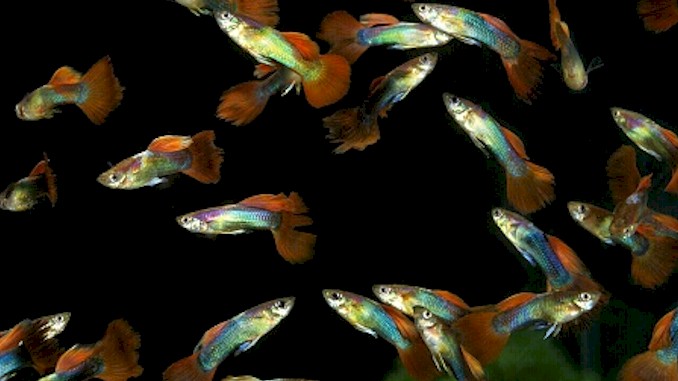Why is Aquarium Driftwood Expensive?
Maybe you’ve thought about adding aquarium driftwood to your aquarium. It’s great for a natural-looking tank and gives your fish plenty of hiding places. But then you looked up how much a piece of driftwood would cost. So why is driftwood expensive?
Supply and demand, shipping and import costs, and all the work that goes into finding, cleaning, and preparing the wood before it gets to your local fish store or online seller. And most of the time it depends on the type of wood you want to add to your aquarium.
I will now go into detail on why preparing aquarium driftwood is the most crucial step and why you might not want to do it yourself.
Supply vs. Demand
There’s a pretty strong demand for driftwood in aquariums (at least in the United States). Sellers are able to charge higher prices for things people really want because they know their customers are willing to pay for it (even if they complain about how expensive it is!)
If no one was really that interested in driftwood, sellers would have to lower their prices just to get someone to take the wood off their hands, but since that isn’t the case, they can charge higher prices and know that people will pay them.
This business model is known as “the law of supply and demand.” High demand means you can get higher prices, low demand means you have to lower your prices since no one wants to buy the product.
In addition, for the rarer, or harder to find driftwoods, like manzanita, sellers can charge a higher price because they know most people won’t be able to just go out to their backyards or the local river and find it.
But supply and demand aren’t the only things driving up the price of driftwood. The seller has to get the driftwood to you somehow (or get it themselves) and that also costs them money.
Shipping/Import Costs
Driftwood can be heavy–and heavy items cost more to ship than light items do. In addition, driftwood isn’t usually a nice, boxy shape, so sellers may have to ship the wood in a larger box in order to fit the entire piece of driftwood inside. Larger boxes can also cost more to ship than small boxes.
Shipping costs also include more than just postage–sellers have to recover the amount they’ve spent for boxes and packing materials, too.
Sellers in local fish stores will have to recover what they paid to have the wood shipped to them by increasing the price of the driftwood.
If they’re selling the wood online then retailers make up what they’d lose in shipping costs by charging you the shipping fees, which adds to the total price you have to pay for the driftwood.
On top of all that, some driftwood is imported from other countries, including Malaysia, and sellers have to make up for what they lost in import fees by raising the price of the driftwood.
But this isn’t the last factor in high prices–and unfortunately, the final factor may be the most costly of all.
Preparing the Driftwood
This is the most important thing the seller does for you and could be the biggest factor in the high price because of how much labor is involved.
Before the driftwood can be sold to you, the seller needs to prepare the driftwood so it’s safe for aquariums. This process is called “curing” the driftwood and makes it safe for your tank and the tank’s inhabitants. That can take several weeks (at a minimum), depending on the type of wood and what has to be done.
Before they can cure the wood, however, sellers first have to find the wood, which involves either paying someone else to find it for them or spending their own time looking for appropriately sized, shaped, and aged pieces of wood.
The sellers may also want to cut large pieces of driftwood down into aquarium-sized pieces or shape the wood to be more pleasing to look at. This also takes time and maybe money, depending on whether the seller does this themselves or hires someone to do it for them.
Then, once they have the wood, it needs to be cleaned. This could be as simple as using a scrub brush to scrub off the dirt, algae, mold, etc., or it could be a much larger-scale operation involving pressure-washers and conveyor belts to clean a large group of driftwood at one time.
After cleaning, the driftwood will need to be soaked or boiled to remove tannins that could discolor aquarium water. This might take a couple of weeks (if soaking the wood) or several hours (if boiling the wood).
Only after all these things are finished can they sell the wood to you directly, or to another seller.
All of the wood preparation steps add to the price of the wood since the seller needs to recoup their time and expenses for preparing it.
Why Is It Important to Cure Driftwood?
If you buy uncured driftwood, several things could happen, none of which are good for your tank.
The wood itself could rot away inside the tank, which kind of defeats the whole purpose of having driftwood in there in the first place. Not only that, but when driftwood rots, it can give off ammonia, which could harm your fish.
You could also end up introducing foreign bacteria into the tank which could harm your fish/invertebrates.
The tannins in the wood will also end up making your water turn brown or yellow. (Tannins are what give tea its brown color!)
While this color change shouldn’t harm your fish, it might make things tough on your plants if they can’t get enough light in the darker water. You can always adjust for this by leaving the lights on longer or buying a brighter light if you choose to live with tannins in your tank.
How to Prepare Your Own Driftwood
Maybe you’d rather find and prepare your own piece of driftwood instead of paying someone else to find and prepare it for you.
If you choose to go this route, just be sure to clean, soak, and dry (if necessary) the driftwood before you add it to your tank.
I took a look at each one in more detail below.
Cleaning Driftwood
This one is pretty straightforward. You really do need to clean the wood before you can put it in your tank since it’s been sitting around in mud, dirt, decaying leaves, etc, and it would be easy to bring home unwanted bacteria, mold, fungus, etc.
You can use a scrub brush to brush off anything you see. Just be careful to stay away from detergents, soaps, or cleaning chemicals, since these could all be bad for the fish.
Once you’ve thoroughly cleaned the wood, give it a little soak.
Soaking the Driftwood
You’re going to cover the driftwood in water and soak out the tannins, which will stain your aquarium water if they’re not removed.
You’ll have to get a container large enough to fully submerge the driftwood. Let it soak for several days, changing out the water every so often when it gets dark.
You’ll know it’s time to quit soaking the driftwood when the water it’s sitting in stays clear for a couple of days.
If you want, you can even boil your driftwood, which also helps kill any leftover fungus and bacteria that scrubbing might have missed. This is also a great way to leach out more tannins.
Drying the Driftwood
You may be wondering why you’d need to dry the wood when you’re just going to be putting in it your fish tank, under the water.
This is a necessary part of the process if you used bleach or something similar to help sterilize the wood. As the wood dries, the chlorine from the bleach evaporates into the air and makes the wood safe for your tank.
Most people, however, don’t have the time to go through the curing process themselves, and that’s another reason why they’re willing to pay a little bit more to buy driftwood that’s already been cured.
Recap
There are several things that make driftwood so expensive, including:
- Supply and demand
- Shipping/import fees
- Preparing the driftwood
Preparing driftwood to be safe for aquariums is the most important thing that a seller can do, and is probably the biggest factor in the price of the wood. If the wood isn’t cured, it can create issues in your tank, like ammonia spikes from rotting wood, harmful bacteria, and discolored water

